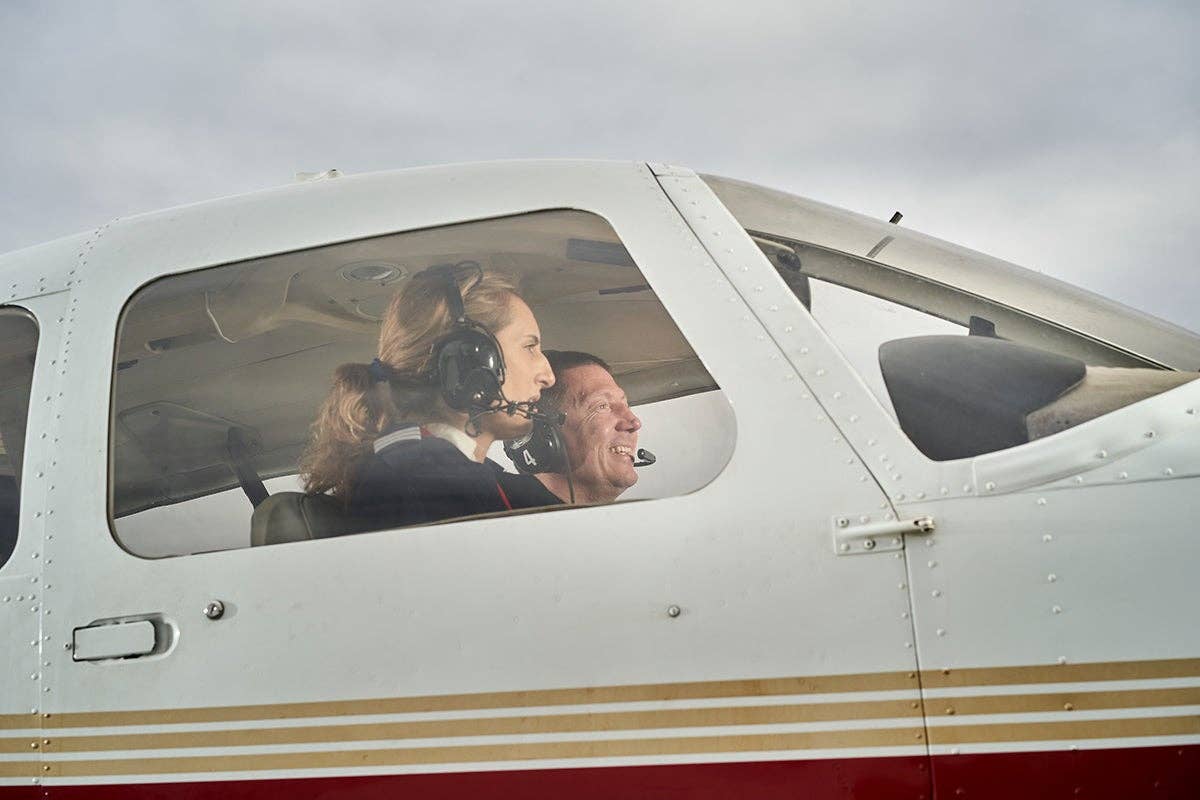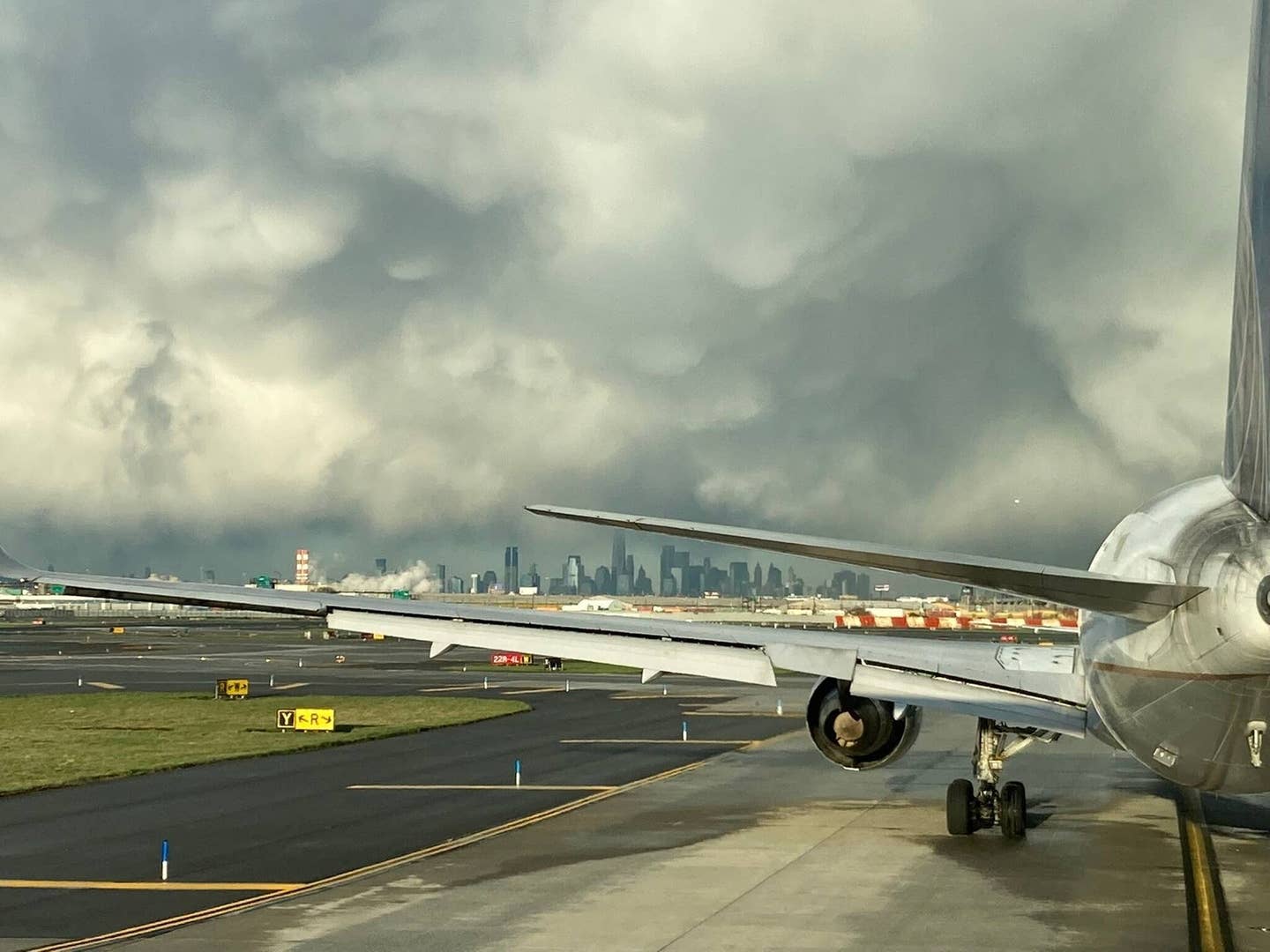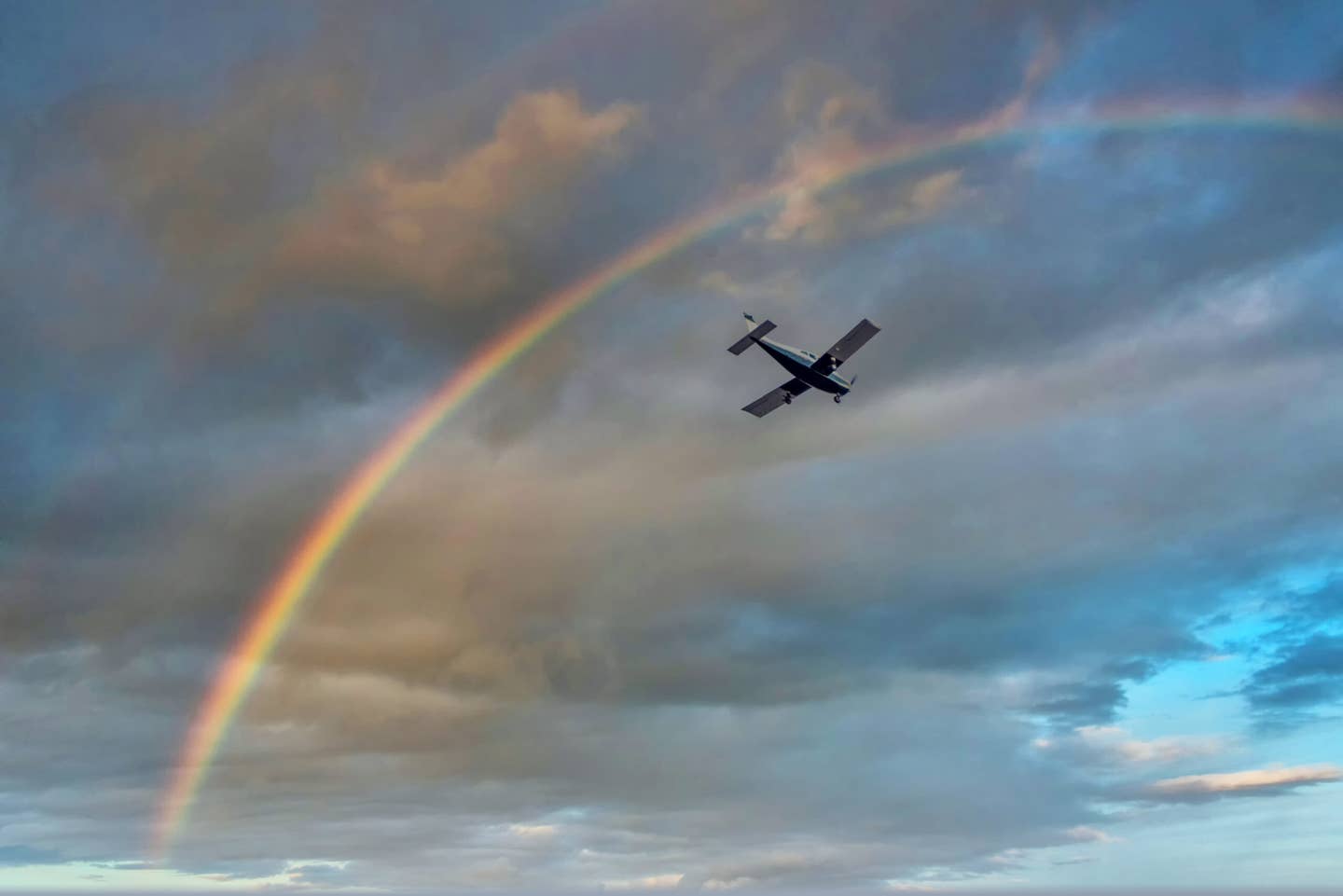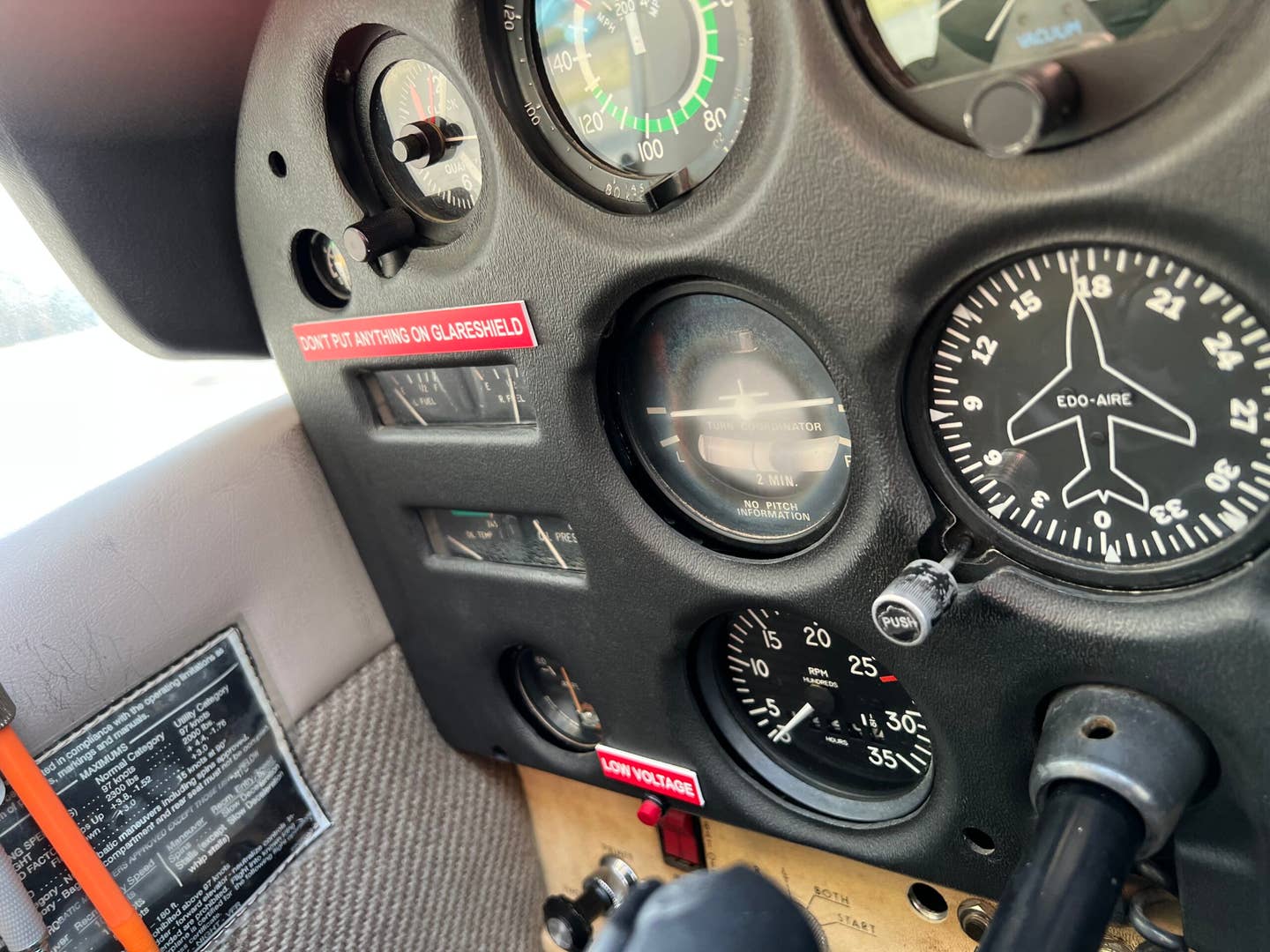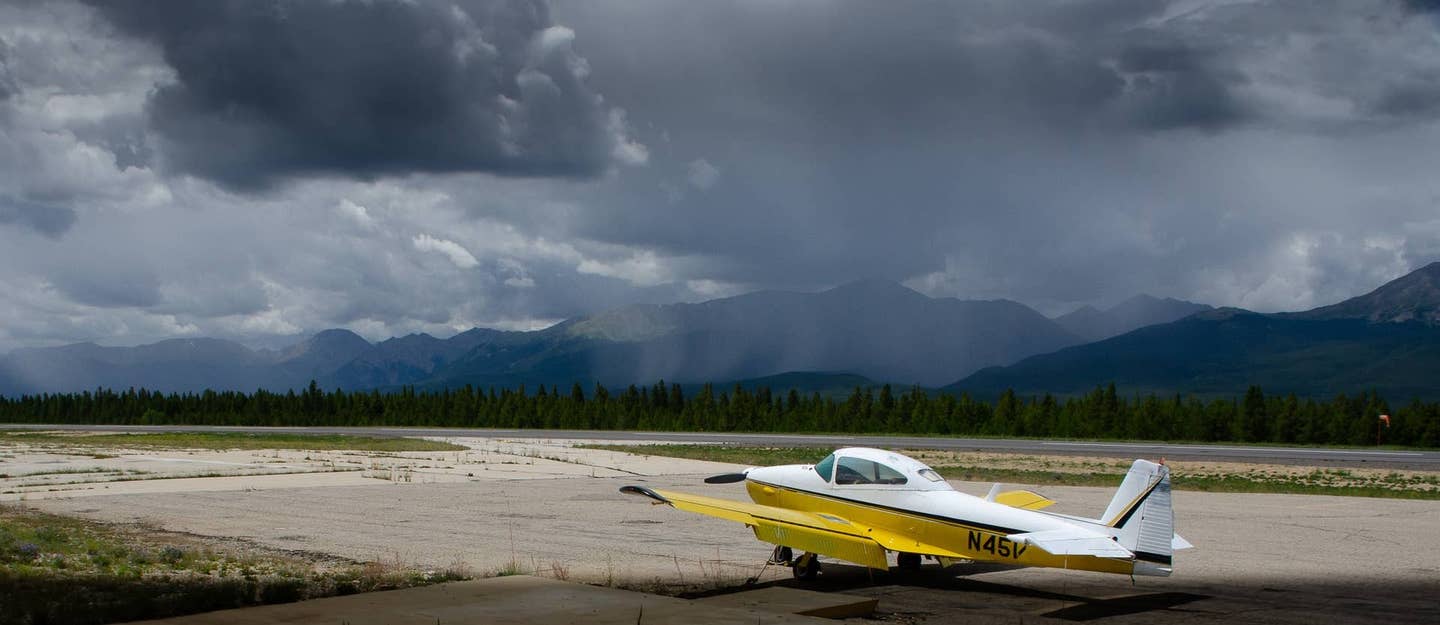
Mark Phelps
The debate over whether or not to reintroduce spins to primary flight training has proponents on both sides, but most pilots agree that strapping on a parachute (required by FARs) and experiencing flight around all axes is a worthwhile exercise, if you can find the time and place. A cottage industry has built up around supplying just such an experience for pilots looking to expand their flight envelope.
And now the flight school at my home airport has leaped into the mix. Instructor Byron Hamby was gushing like a teenager with a new Deuce Coupe when I saw him earlier this week. Somerset (New Jersey) Air Service had just taken delivery of a spanking fresh Citabria Adventure, and Byron's mission is to turn our airport into a one-stop tailwheel/aerobatic/upset training destination for all comers. Earlier in his career, Byron spent some quality flying hours with aerobatic pontiff William Kershner, and he is keen to carry on preaching the gospel to our airport congregation — and anyone else within earshot. With a pair of turf runways available, our airport (KSMQ) is a good candidate for the "back to basics" approach to flying, and I hope it works out for all concerned.
My own logbook has entries covering about 20 hours in a Mudry CAP 10, and a few cherished hours in a Wag Aero "CUBy" (a J3 clone) with EAA's Gene Chase in the front seat whispering sage advice over the intercom. But that was long ago. My recollection of spins in the CAP 10 (a sumptuously French all-wood beauty with 180 horsepower, a bubble canopy and Spitfire-like elliptical wings) was that they were smooth and easy — nothing to fear at all. I contrast that with spinning a Cessna 152, which snapped over in a heartbeat and quickly filled the windshield with a rotating kaleidoscope of tall pine trees. And as for flying the tailwheel CUBy on turf from the pit of a back seat, I recall clearly that I walked away in much greater harmony with all phases of ground handling — using throttle, brakes and rudder to the fullest during the taxi phase, takeoff run and the landing rollout. Once aloft, the CUBy flew like any other small airplane, except that I fondly remember cruising with the clamshell doors open and how it felt to smell each farm field as we flew overhead at less than 1,000 feet.
Modern primary students learn to do stalls, and they learn to recite the spin recovery procedure. But even the feeling of stalls grows stale with time, and should the unlikely occur — through wake turbulence or some other unforeseen upset — having "been there and done that" under controlled conditions can be a lifesaver. I'm looking forward to flying off the turf runway with Byron in the Citabria.
Just as soon as I can find the time, myself.
Call to action: If you have any tips of your own you'd like to share, or have any questions about flying technique you'd like answered, send me a note at enewsletter@flyingmagazine.com. We'd love to hear from you.

Sign-up for newsletters & special offers!
Get the latest FLYING stories & special offers delivered directly to your inbox

